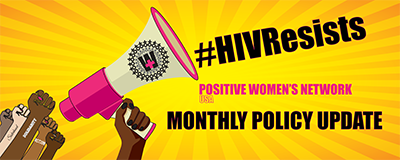On September 8, the Departme nt of Justice asked the Supreme Court to hear a case challenging the legality of a safe, effective and commonly-used medication abortion pill, mifepristone. If the Supreme Court accepts the case, there could be another high-stakes decision on abortion in a presidential election year. nt of Justice asked the Supreme Court to hear a case challenging the legality of a safe, effective and commonly-used medication abortion pill, mifepristone. If the Supreme Court accepts the case, there could be another high-stakes decision on abortion in a presidential election year.
To be clear, mifepristone is still on the market and available by telemedicine in states where abortion is legal for now. But this important abortion medication is under threat. Here’s the background: A group of anti-abortion activists and organizations brought a case seeking to ban mifepristone, one of the two pills used in medication abortions. The lawyers intentionally brought the case to an extremely conservative Texas judge, Judge Kacsmaryk. Kacsmaryk ruled to revoke the Federal Drug Administration’s (FDA) approval of mifepristone, which would make it illegal to prescribe or distribute in the U.S. The case then went to a three-judge panel of the Fifth Circuit of Appeals (the court you must go to when you want a Texas federal court decision reviewed). In August, the panel affirmed Judge Kacsmaryk’s order in part. They did not agree that mifepristone should come off the market entirely. Instead, they ruled to reimpose significant, medically-unnecessary restrictions on the drug from years past, including that mifepristone should not be prescribed past seven weeks of pregnancy or via telemedicine. This would substantially roll back access to this important medication abortion pill: lessening the amount of time someone had to obtain it; preventing mifepristone from being mailed to patients; and requiring in-person doctor visits for the drug. Everyone should be able to access the medications they need without unnecessary interference from judges or lawmakers. The case is an unprecedented challenge to the authority of the FDA to approve medication. Medication abortion is the most common method of abortion. Being able to access abortion pills via telemedicine is crucial because of the many barriers to going in-person for abortion care, including financial burdens, stigma, transportation, and more. These restrictions would disproportionately harm low-income, rural communities and Black, Indigenous, and other communities of color. So what’s next? The ruling does not impact mifepristone approval or access for now. The Fifth Circuit ruling and restrictions will not go into effect right away because of a Supreme Court order maintaining the status quo while the case is being reviewed. Next, the Supreme Court will decide whether or not to hear the case. If they decide not to hear the case, the Fifth Circuit’s decision could go into effect. If they do hear the case in the fall, they will likely rule in spring 2024. The stay, which prevents the Fifth Circuit’s ruling from going into effect, will remain until the Supreme Court rules either way. |




 nt of Justice asked the Supreme Court to hear a case challenging the legality of a safe, effective and commonly-used medication abortion pill, mifepristone. If the Supreme Court accepts the case,
nt of Justice asked the Supreme Court to hear a case challenging the legality of a safe, effective and commonly-used medication abortion pill, mifepristone. If the Supreme Court accepts the case, The North Carolina legislature
The North Carolina legislature
 The Colorado Medical Board
The Colorado Medical Board Amid extreme heat across the country, the Biden administration
Amid extreme heat across the country, the Biden administration
